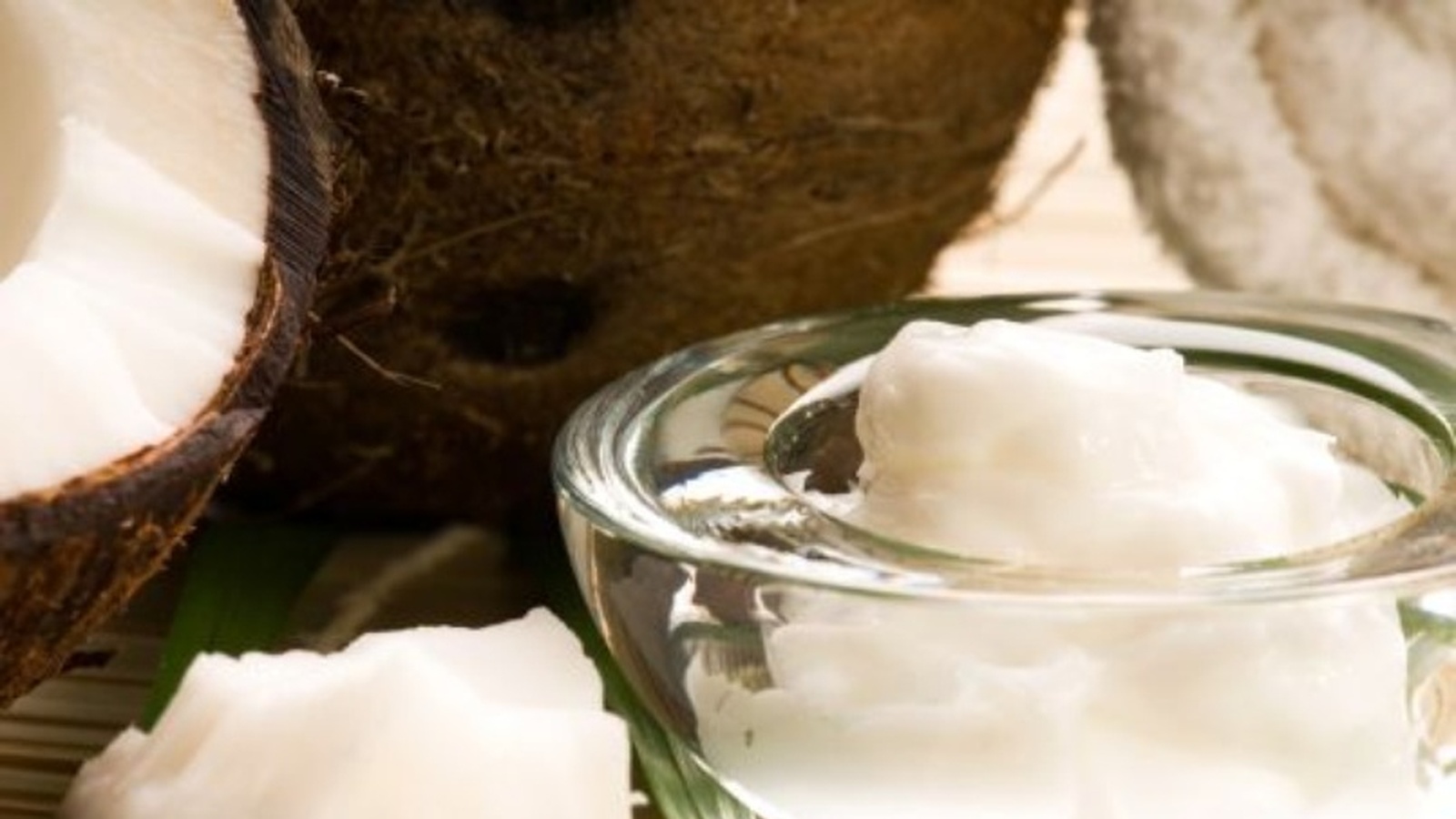What's The Best Oil To Cook With?
We all know that raw foods are great for our health and many of us also enjoy healthy cooked foods as well. So how can we make sure the cooked foods we eat are as healthy as possible?
When it comes to cooking you can heat foods in a gentle and healthy way with stable fats OR your can destroy the health properties of foods in a dangerous way with unstable fats. So what's the best oil to cook with??? Join Colleen Story from my friend Kevin's site Renegade Health discuss the pros and cons of different fats to cook with.
Grapeseed, olive, sunflower, canola, coconut—there are so many options. As you can imagine, there are a number of opinions out there. We gathered up the evidence and presented it here so you can decide for yourself.
Healthy Cooking Oils
When looking for healthy cooking oils, there are a lot of options, depending on what you’re looking for in terms of nutrition, heating capacity, and flavor. The first thing to remember is that anytime you cook with an oil, you risk heating it too much, which can cause oxidation and lead to the formation of carcinogens and other unhealthy compounds. When your oil starts to change color, that’s a sign that it’s starting to degrade from too much heat.
On the whole, oils come in three categories as far as what types of fatty acids they have:
- Saturated fatty acids pack together tightly, making this oil extremely stable even when exposed to heat and light. Oils with high levels of saturated fatty acids are the best choice for cooking.
- Monounsaturated fatty acids don’t pack together as tightly as saturated fatty acids do. They are relatively stable when exposed to heat, however, and work well when cooking at low-to-medium temperatures.
- Polyunsaturated fatty acids don’t pack together very well. They are unstable and may produce significant levels of free radicals when exposed to heat. They should not be used for cooking.
On our list below, we started out with those oils that are considered healthy and can withstand the heat.
Coconut Oil
One of the most unique oils, coconut oil is nearly a completely saturated fat that’s been linked with overall reductions in cholesterol, and may have other health benefits like increasing energy and promoting a healthy digestive tract. It can withstand the heat for most recipes. Stars for: High smoke point of about 450 degrees, and the “virgin” variety is virtually scent-free. Many health benefits. Great in soups, stews, curries and baked goods.
Red Palm Oil (not to be confused with palm kernel oil)
Taken from the fruit of the palm, it’s high in saturated fat, which makes it a nice, stable cooking oil. It also has a high ratio of “good fats,” with new research finding health benefits similar to olive oil. It contains a high content of carotenes, including lycopene, and numerous tocotrienols, highly potent forms of vitamin E. Stars for: Withstands high heat, nutritious, stable.
Avocado Oil
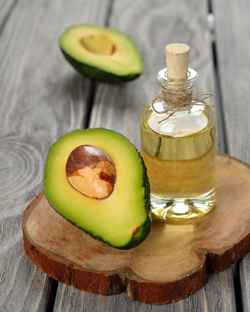 How about a smoke point of 510 degrees? Avocado oil can withstand the heat, and yet is chock full of healthy fats. Stars for: Versatile—use for high heat cooking, sautéing, frying, baking, you name it. Also wonderful in dressings and stir-fries. Provides added health benefits like the potential reduction of heart disease.
How about a smoke point of 510 degrees? Avocado oil can withstand the heat, and yet is chock full of healthy fats. Stars for: Versatile—use for high heat cooking, sautéing, frying, baking, you name it. Also wonderful in dressings and stir-fries. Provides added health benefits like the potential reduction of heart disease.
Almond Oil
This oil is full of good-for-you fats and has a high smoke point of about 495 degrees. Great for all sorts of cooking, and also works great in desserts because of its natural almond flavor.Stars for: High smoke point, healthy omega-3 fatty acids, clean, neutral flavor.
Healthy Oils For Low-to-Medium Heat Cooking
Several oils are good for you because of their nutritional content, but may have lower smoke points, which means their nutrients can oxidize and become bad for your health more quickly than those with a higher smoke point. Some of these include the following—just be sure to purchase organic versions that are free of aflatoxins.
Produced by certain types of fungi that like to live on grains and nuts—particularly domestic peanuts—these toxins can be detrimental to human health. A 2010 study found that oils like olive, peanut, and sesame can all be contaminated. Check with the manufacturer, and look for peanut oil made from raw, wild peanuts, which are free of aflatoxin.
Extra-Virgin Olive Oil
Olive oil is a great source of healthy monounsaturated fats, which help control cholesterol levels and have been linked with heart health. At temperatures over 200 it can oxidize, however, which may not be good for your body. Stars for: Great in its non-heated form. Drizzle it on steamed veggies or onto a nice cold salad. Also good for low-heat sautéing. Refined oils can stand more heat.
Walnut Oil
This is full of healthy omega-3 fatty acids and has about a medium-high smoke point.Stars for: Healthy omega-3s, can take heat up to about 400 degrees (refined). Use for baking, sautéing at low-to-medium heat, or drizzle cold on a salad. Adds a hint of walnut flavor, making it good for salads, marinades, and sautés.
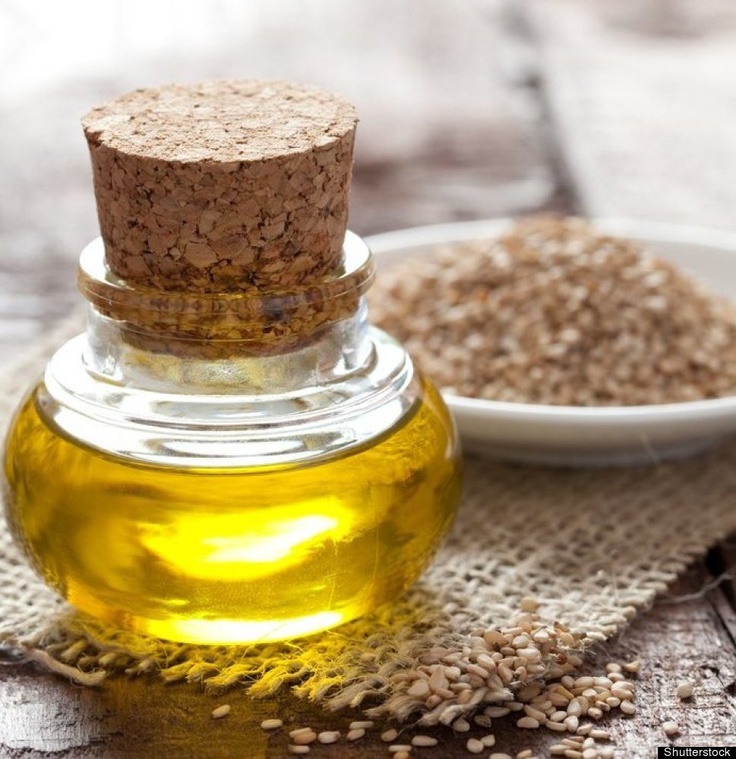 Sesame Seed Oil
Sesame Seed Oil
Best used for light sautéing and low-heat baking. It has a nice light flavor great for stir-fries. Linked to health benefits like lowering blood pressure and reducing the risk of heart disease. Stars for: Rich, nutty flavor.
Peanut Oil
You can use the refined version for light sautéing or for making sauces, particularly if you want the nutty flavor. Use this oil sparingly, however, as it does have a lot of omega-6 fatty acids. Stars for: High smoking point of about 450 degrees. Great for cooking fish, stir-fries and Asian dishes.
Editors Note: Additionally pastured butter and saturated animal fats are stable to cook with at medium temperature!
Healthy Oils That Aren’t So Great for Cooking
Many oils are very good for you, but break down more easily when exposed to light, heat, and air, which means they’re not as healthy for cooking. Some include the following:
Grapeseed Oil
This healthy oil has a low saturated fat level, making it good for your waistline as well as your recipes. A medium-high smoke point of about 420 degrees would make this a good cooking oil, but grapeseed is mostly polyunsaturated fats, which are unstable. It can oxidize easily when exposed to light, air, and heat, so it’s very delicate. Good source of vitamin E and oleic acid.
Evening Primrose
This oil has a high level of healthy omega-3 fatty acids, but it doesn’t do well with heat.
Flaxseed Oil
Another oil that’s a good source of omega-3 fatty acids, but it has a smoke point of only about 225 degrees, so it’s not good for cooking. Stir it into dishes after heating or into salad dressings.
Hemp Oil
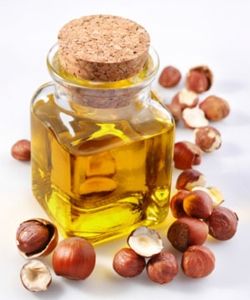 Full of healthy fatty acids that may reduce risk of diabetes, according to studies. It’s too delicate to be heated, however, so save for dips and dressings.
Full of healthy fatty acids that may reduce risk of diabetes, according to studies. It’s too delicate to be heated, however, so save for dips and dressings.
Hazelnut Oil
Provides vitamin E and healthy monounsaturated fats. Best used within three to six months for peak flavor. Too delicate for cooking, however—use on cooked rice, quinoa, or oatmeal. Also great mixed with lemon juice over pasta, roasted veggies, or steamed greens.
Oils That May Have Negative Health Effects
Some oils that we think would be healthy actually are not. Many are rich in omega 6 fatty acids, which aren’t inherently unhealthy, but we’re getting too much in the American diet, so cutting back is a good idea.
Recent studies have also found that some polyunsaturated vegetables oils, including safflower oil, can become rancid more easily than others. This is another thing to consider when choosing cooking oils.
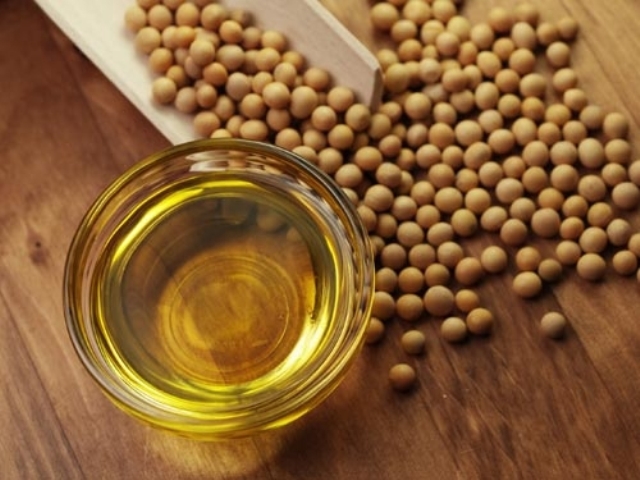 Soybean Oil
Soybean Oil
This oil is high in omega-6 fats, which aren’t necessarily bad for you, but Americans as a whole are eating too many, which can lead to health problems. Sources for this oil are likely GMO crops, and most options are highly processed with chemicals.
Sunflower Oil
It has a high smoke point, is a great source of vitamin E, and most of its fat is unsaturated. In packaged foods, however, it’s often partially hydrogenated, which means it has unhealthy trans fats. It’s also high in omega-6 fatty acids, which have been linked with obesity, diabetes, and heart disease. Reusing the oil could result in the formation of harmful trans fats.
Safflower Oil
This has a high smoke point and a low saturated fat level, but it can form dangerous free radicals when exposed to heat or oxygen. Polyunsaturated safflower oils contain a lot of linoleic acid and may produce free radicals when exposed to heat. A more recent study in 2013 also found that eating omega-6 fats like those in safflower oil may lead to a higher risk of heart problems.
Canola Oil
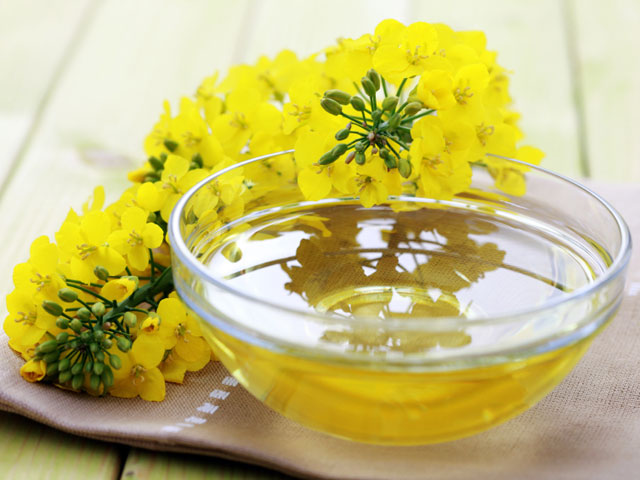 Contains health-promoting omega-9 fatty acids, and has some omega-3s as well. Has a high smoke point and a neutral flavor. Yet it has a good amount of omega-6 fatty acids, which may lead to health problems. It also goes rancid quite easily and can form high concentrations of trans fatty acids. Canola may also come from GMO crops.
Contains health-promoting omega-9 fatty acids, and has some omega-3s as well. Has a high smoke point and a neutral flavor. Yet it has a good amount of omega-6 fatty acids, which may lead to health problems. It also goes rancid quite easily and can form high concentrations of trans fatty acids. Canola may also come from GMO crops.
Cottonseed Oil
About half of this oil is made up of polyunsaturated fatty acids, which are unstable. Also contains a good amount of omega-6 fatty acids.
Corn Oil
Another oil that can produce harmful chemicals when heated. It’s also high in omega-6 fatty acids, and has only a medium-high smoke point. Much of the available corn oil comes from genetically engineered plants.
What Is Your Favorite Healthy Oil To Cook With? Do You Have Any Other Suggestions That Aren't On The List?
Discover how to lose excess fat from your belly, face & thighs in less than 7 days with this simple ancient practice. Watch the Detox Masterclass here. Playing for a limited time!

